Impact

Impact overview
NCEC accelerates student learning, engages local residents to support students, and, ultimately, benefits the communities our students and corps members call home. Discover the impact we made with partners in 2022-2023.
Since our 2020-21 launch
1,265 total corps members hired and trained
41 total districts served
22,000+ total students served
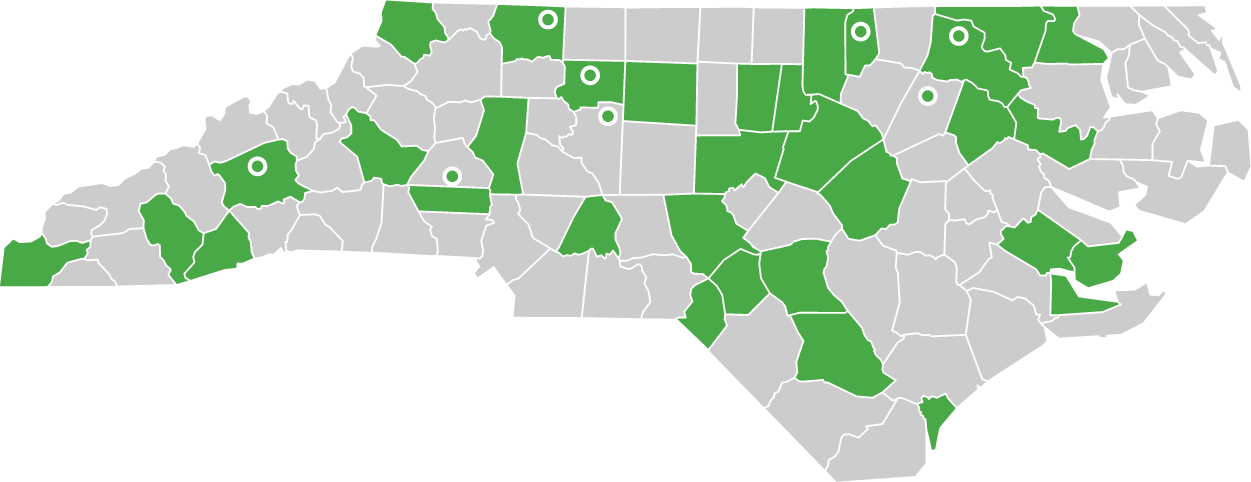
Student growth
Early returns are promising. NCEC has partnered with the Duke Social Science Research Institute and the NC State Friday Institute for Educational Innovation to qualitatively and quantitatively measure NCEC’s impact, including tutor impact on student growth.
Here’s a snapshot of student gains from two key districts:
Across all grades, NCEC students at Winston-Salem Forsyth County Schools showed more need and greater growth than students in NC overall on 2022-23 literacy assessments from beginning to end of the year.
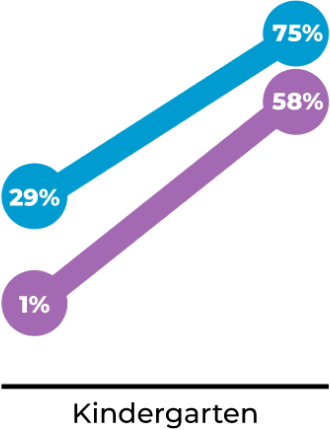
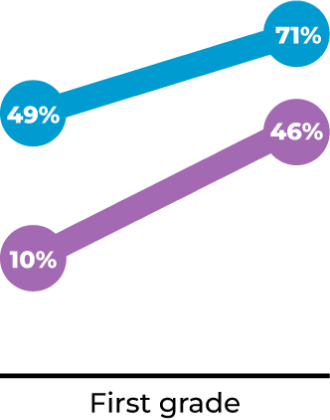
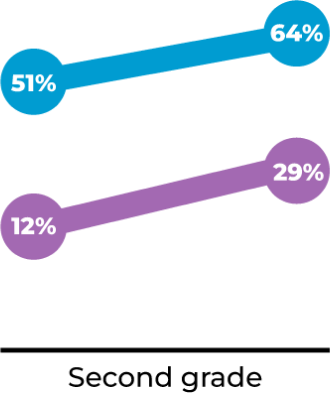

From kindergarten through grade 2, NCEC students in Guilford County Schools showed more need and greater growth than students in NC overall on 2022-23 literacy assessments from beginning to end of the year
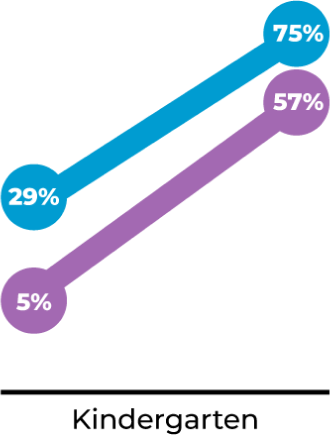
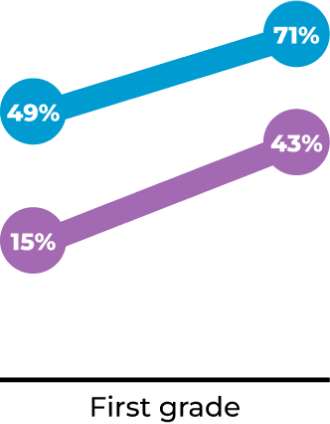
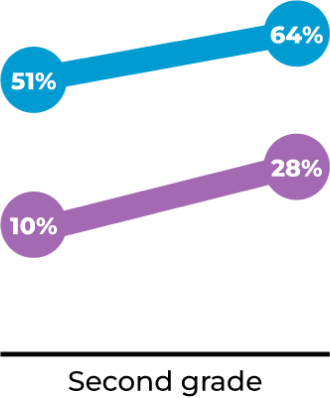
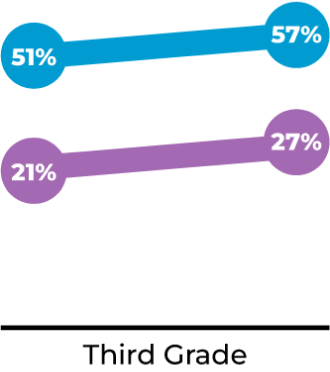
Having solid training, not just in literacy but in the science of reading, we have truly started seeing those gains from kindergarten to first grade to second grade. Our third grade teachers are able to come along and say, “We’re seeing light bulbs come on that we have not seen before”.
Lynn Plummer, Chief Academic Officer, Stanly County Schools
Employment and engagement
Summary statistics from the 2022-23 school year
Retention rate of corps members from 2022-23 to 2023-24
Average pay range $15–30 set by districts, depending on professional background of candidates
Average hours worked per week ranges from 10 to 29 hours
Agree that NCEC provides opportunities to make professional connections in public education
NCEC–district high-impact tutoring partnerships create a unique opportunity to employ and engage the local untapped workforce in meaningful, part-time work in service to schools and students.
We recruit, train, and support tutors from four primary backgrounds:
- Retired educators
- Parents, caregivers, and community members
- University and community college students
- Instructional assistants
The NC Education Corps approach is the right one for our district because of the high impact model. These tutors are here every day, and they have been in place since the beginning of the school year. You’re able to look at the data and see that what we’re doing is working. Over time, we’ve seen those gaps closing.
AJ Hammond, Director of Elementary Education, Hoke County Schools
Community involvement
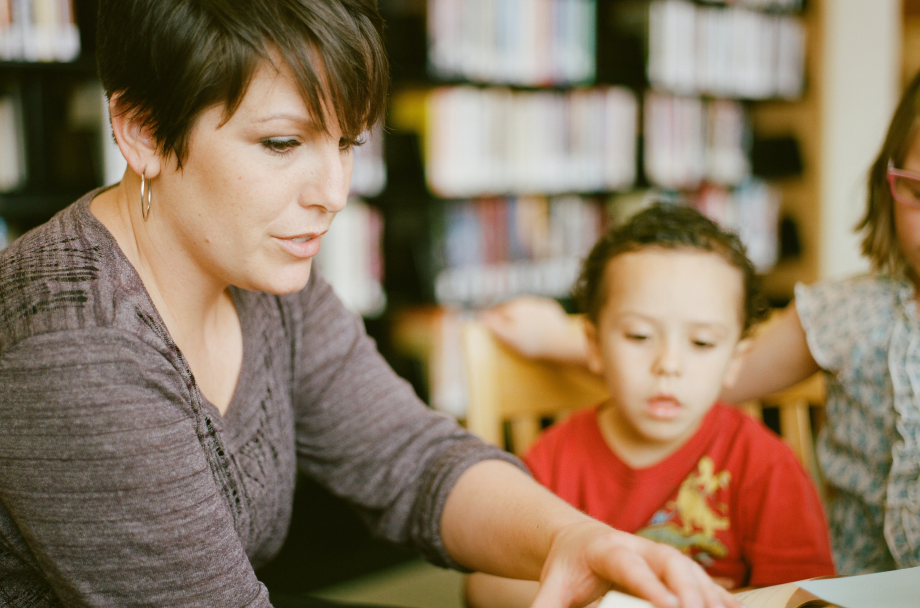
Many people want to support students and see their communities flourish but are not sure how to contribute. NCEC creates a clear opportunity.
NCEC tutors are members of the communities where they serve, actively supporting student success and investing in local schools. The efforts of over 1,000 tutors add value to schools by alleviating some of the burden that educators have in ensuring that students who are behind academically get the extra help they need to succeed.
There’s an adage that says it takes a village to raise a child. I feel like the North Carolina Education Corps is just another extension of that. The program itself is successful because of all the pieces that work together.
Lauren Piper, District Literacy Coordinator, Granville County Schools
“The most natural fit” – Partnering with Stanly County Schools
Read the full 2022-23 Impact Report
Discover how NCEC accelerated student learning, engaged local residents to deliver high-impact tutoring, and, ultimately, benefitted the communities our students and tutors call home.



